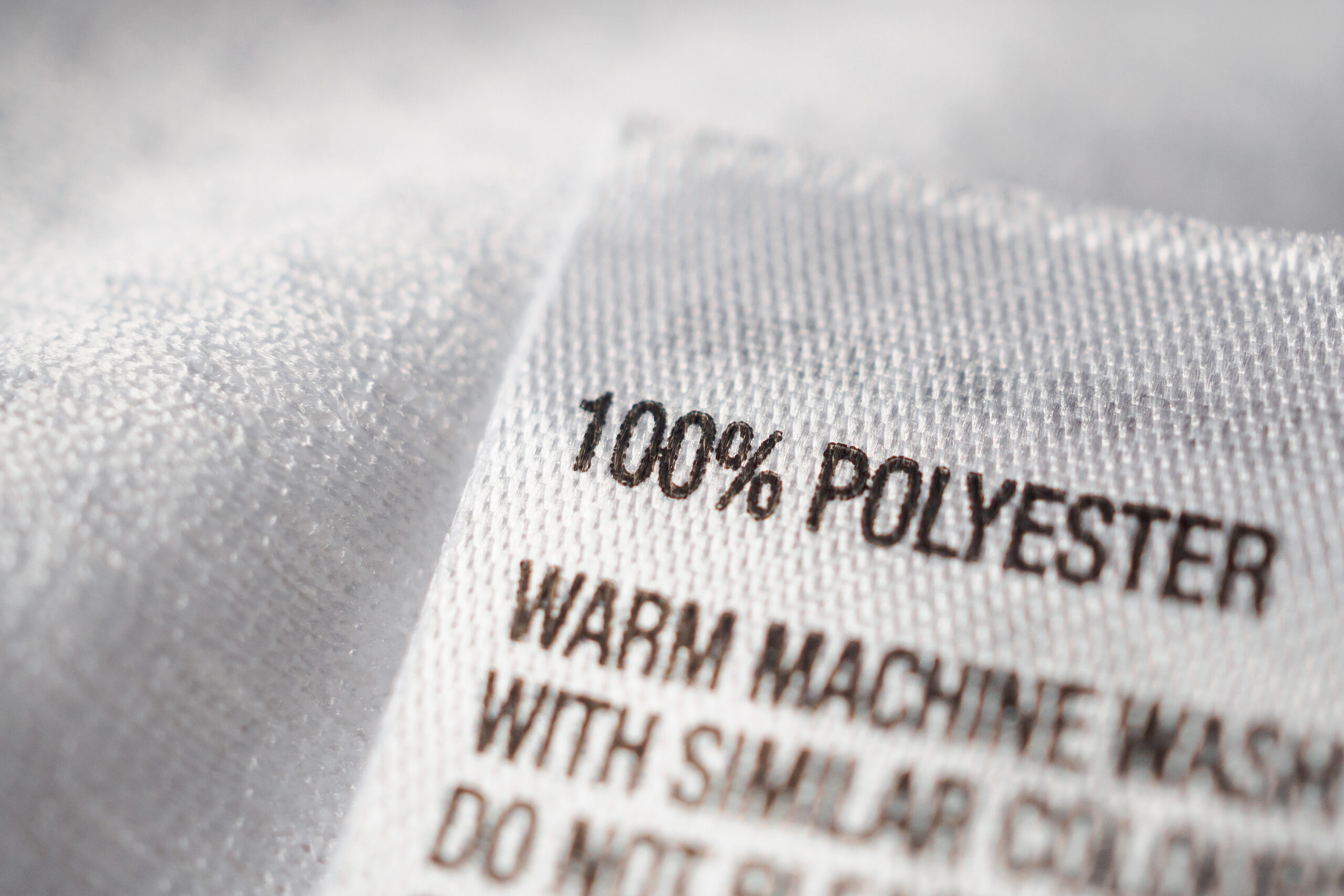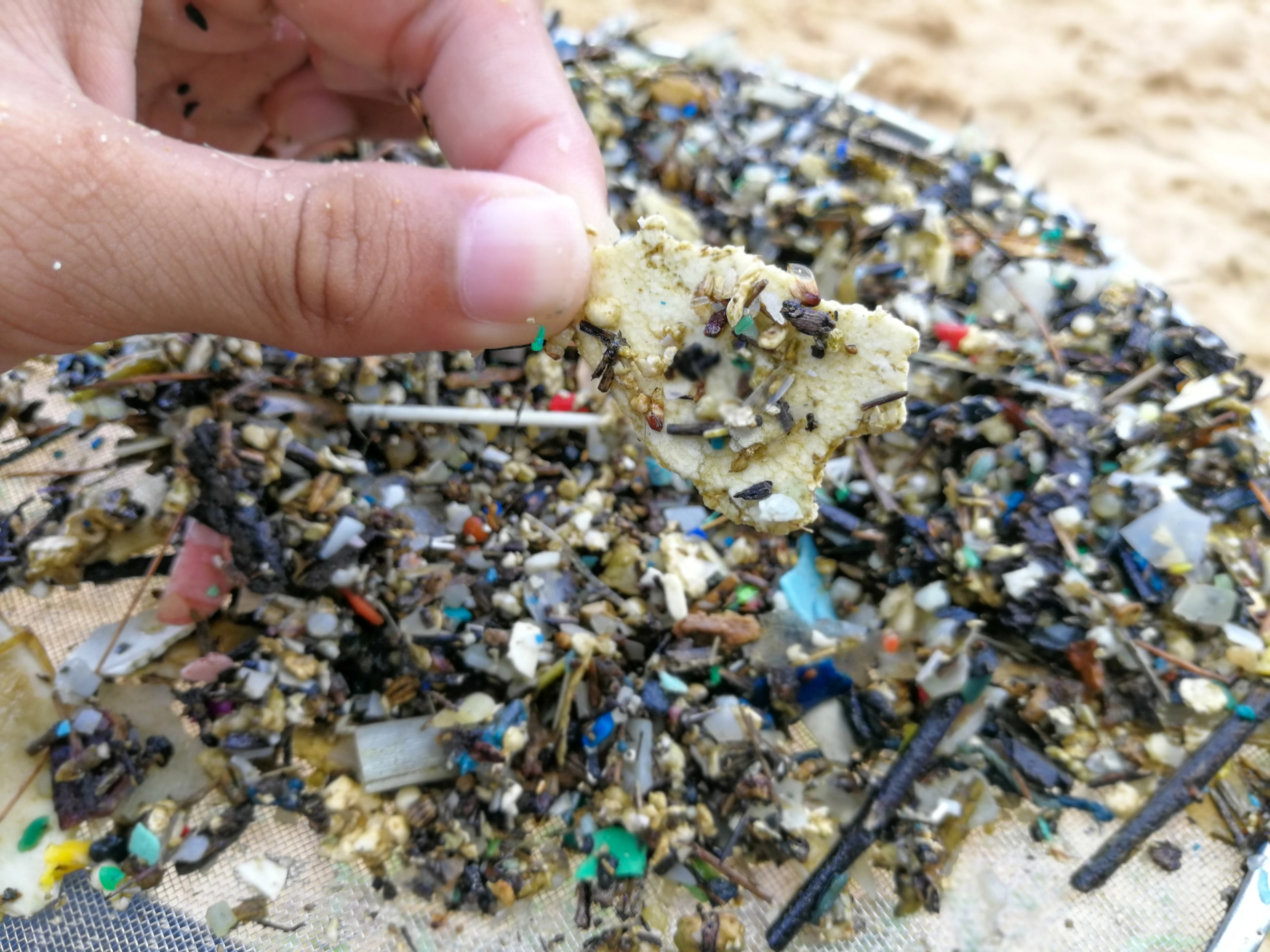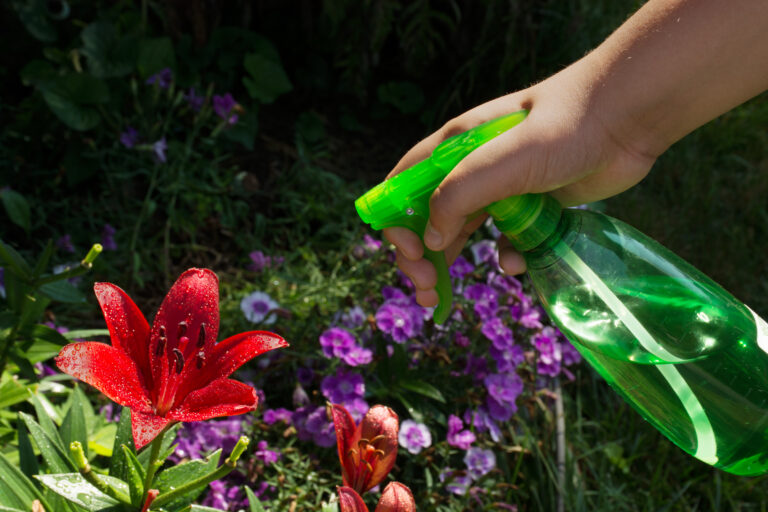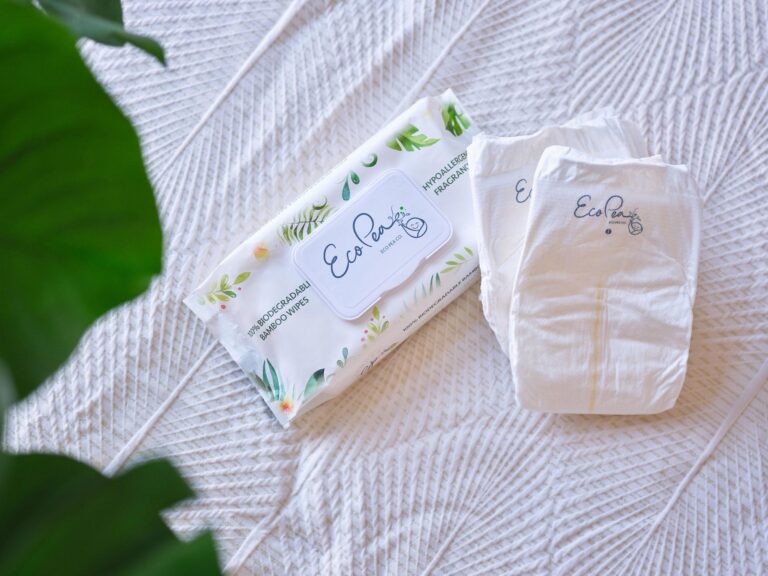
Disclosure: Some of the links in this post are affiliate links, meaning we may earn a small commission if you make a purchase through them.
Choosing the right fabric can be difficult. Did you know polyester is used in many everyday items and is one of the world’s most popular textiles? This article will explain the pros and cons of polyester, making your decisions easier.
Polyester Fabrics: What are they?
Polyester fabrics are artificial textiles produced from a chemical compound. They possess unique characteristics and are widely used in the textile industry.
Origin of polyester fabric
It comes from polymer fibers made using petrochemicals, mostly polyethylene terephthalate (PET). This material goes through a chemical change with purified terephthalic acid (PTA) and monoethylene glycol (MEG) to become polyester.
Scientists use these ingredients to create the fabric in labs. It is a synthetic fiber, was not invented by a single scientist, but rather developed through collaborative efforts over several decades. However, two key figures associated with its development are British chemists John Rex Whinfield and James Tennant Dickson.
Polyester was first made in the early 20th century. It became very popular because it could be used in many different ways, such as in clothes and home items. The fabric is strong and lasts long, which people find very useful.
People often struggle to understand the impact of synthetic materials. Overcoming these challenges and making informed choices in a world increasingly influenced by synthetic materials is essential.
Characteristics of polyester fabric
Polyester fabric is solid and durable, making it last a long time. It can resist wrinkles and shrinking, which means clothes keep their shape and look new longer. This synthetic fiber dries quickly, making it great for sportswear and outdoor gear.
This fabric can hold dyes well, offering vibrant colors that don’t fade quickly with washing. Polyester blends well with other fibers like cotton to combine the best features of both materials.
Its ability to repel water makes it useful for raincoats and waterproof outdoor equipment.
Advantages of Polyester Fibers
Polyester fibers are durable and affordable, offering wrinkle-resistance and moisture-wicking properties. They require low maintenance and provide long-lasting wear.
Durability
The fibers stand out for their strength and resistance to damage making it a popular fabric. Clothes and home items made of polyester stay put. They can handle high temperatures and rugged use in different industries.
This fabric keeps its shape, even after many washes.
Polyester is loved for its lasting quality, making it a popular choice in fashion and industrial applications.
This material fights shrinking and stretching, so your clothes will look new for a long time. People choose polyester not just because it lasts but also because it requires less care compared to natural fabrics like cotton or wool.
Affordability
Synthetic fabric is cost-effective, making it a popular choice for clothing and home furnishings. The production expense is lower than natural fibers, allowing for diverse styles at a more affordable price point.
Additionally, the affordability of polyester fabrics has contributed to its widespread use in the clothing industry and beyond.
Wrinkle-resistance
Polyester fabric boasts remarkable wrinkle resistance and is ideal for clothing and home textiles. This characteristic ensures that garments and household items maintain a smooth, neat appearance even after prolonged use or storage.
The polyester’s ability to resist wrinkles reduces the need for ironing and helps garments retain their fresh look throughout the day.
This polyester feature is convenient in various applications – from everyday clothing to bedding and curtains. Moreover, this wrinkle-resistant quality contributes to the low-maintenance appeal of polyester items, aligning with modern-day demands for convenience and durability.
Moisture-wicking
Polyester fabric can pull moisture away from the skin, making it ideal for sportswear and activewear. This feature helps regulate body temperature during workouts or outdoor sports.
The fabric’s moisture-wicking property keeps the skin dry and comfortable by moving sweat away from the body, contributing to a more enjoyable and productive exercise experience.
It is crucial to understand how moisture-wicking polyester fabric can enhance performance during physical activities.
Low maintenance
Polyester fabrics require minimal care, making them practical for clothing and textiles. They retain color over time and resist wrinkling, adding to their convenience. This low maintenance aspect makes it an ideal choice for garments and household items that need to withstand frequent use and washing without losing their appearance or quality.
The fabric’s durability means it can hold up well under repeated washings, maintaining its color and shape with minimal effort. Its resistance to wrinkles also reduces the need for ironing, saving time and hassle in daily life.
Overall, the low maintenance nature of these fabrics contributes to their practicality as versatile materials for various applications.
Disadvantages of Polyester Fabrics
While polyester fabrics have advantages, they also have drawbacks. Unlike natural fibres, they are non-biodegradable and contribute to microplastic pollution.
Non-biodegradability
The fabric’s non-biodegradability causes environmental issues. Non-biodegradable polyester items don’t break down in the natural environment, impacting ecosystems, wildlife, and aquatic environments.
Microplastic pollution

Beyond the issue of non-biodegradability, it’s crucial to address microplastic pollution. Washing polyester fabrics releases tiny plastic particles, a type of plastic, into water systems and contributes significantly to pollution, harming aquatic life.
Microplastic pollution stemming from the textile industry is a growing concern due to its adverse impact on marine ecosystems. This environmental contamination presents a formidable challenge, requiring urgent attention and sustainable solutions.
Fossil fuel dependency
Polyester fabric production relies on petrochemicals derived from fossil fuels, particularly crude oil and natural gas. This heavy dependence raises environmental concerns due to the significant energy consumption in extracting and processing these non-renewable resources.
Additionally, the reliance on fossil fuels for production contributes to carbon emissions, notably impacting global climate change.
The connection between the fabric and the dependency on fossil fuels underscores the urgent need for sustainable alternatives to reduce environmental impact and mitigate carbon emissions.
Prone to static
Polyester is prone to static, which can cause discomfort when wearing. The fibers in the clothing can build up static electricity, leading to clinginess and irritation, especially in dry or low-humidity conditions.
This issue is particularly relevant for those seeking comfortable and hassle-free attire.
FAQs
How do they make it? Recycled polyester offers an eco-friendly option by reducing reliance on raw materials and mitigating plastic waste through the repurposing of post-consumer plastic bottles in the manufacturing process for fabric production.
Can wearing polyester affect your skin? Yes, since it is made from toxic chemicals, it can cause skin irritation for some people, especially if you have sensitive skin.
Why is polyester so popular in United States clothing? The fabric is strong, resistant to shrinking and stretching, dries quickly, and can be dyed easily to create many colors.
Are there different types of polyester used in fabrics? Yes! There are various types, including PET (polyethylene terephthalate), which is common in clothing; PCDT (poly-1,4-cyclohexylene-dimethylene terephthalate), which is known for being more elastic; and several high-performance kinds used for specific needs like water resistance or strength.
What is ethylene glycol? It serves as a raw material in the production of polyester fibers. Remember that while it has practical uses, ethylene glycol is highly poisonous.
What are some of the advantages of using polyester in the fashion industry? Polyester offers several advantages in the fashion industry. Firstly, it’s durable, making garments resistant to stretching, shrinking, and wrinkles. Additionally, polyester is lightweight and has excellent moisture-wicking properties, making it ideal for activewear and outdoor clothing. It’s also known for its vibrant color retention, making it suitable for vibrant and long-lasting dyeing.





